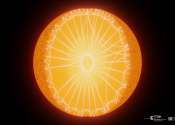Despite what you might hear, weather prediction is getting better, not worse
Australia's weather bureau copped harsh criticism after El Niño failed to deliver a much-vaunted dry summer in eastern Australia. Parts of northern Queensland in the path of Tropical Cyclone Jasper had a record wet December ...









